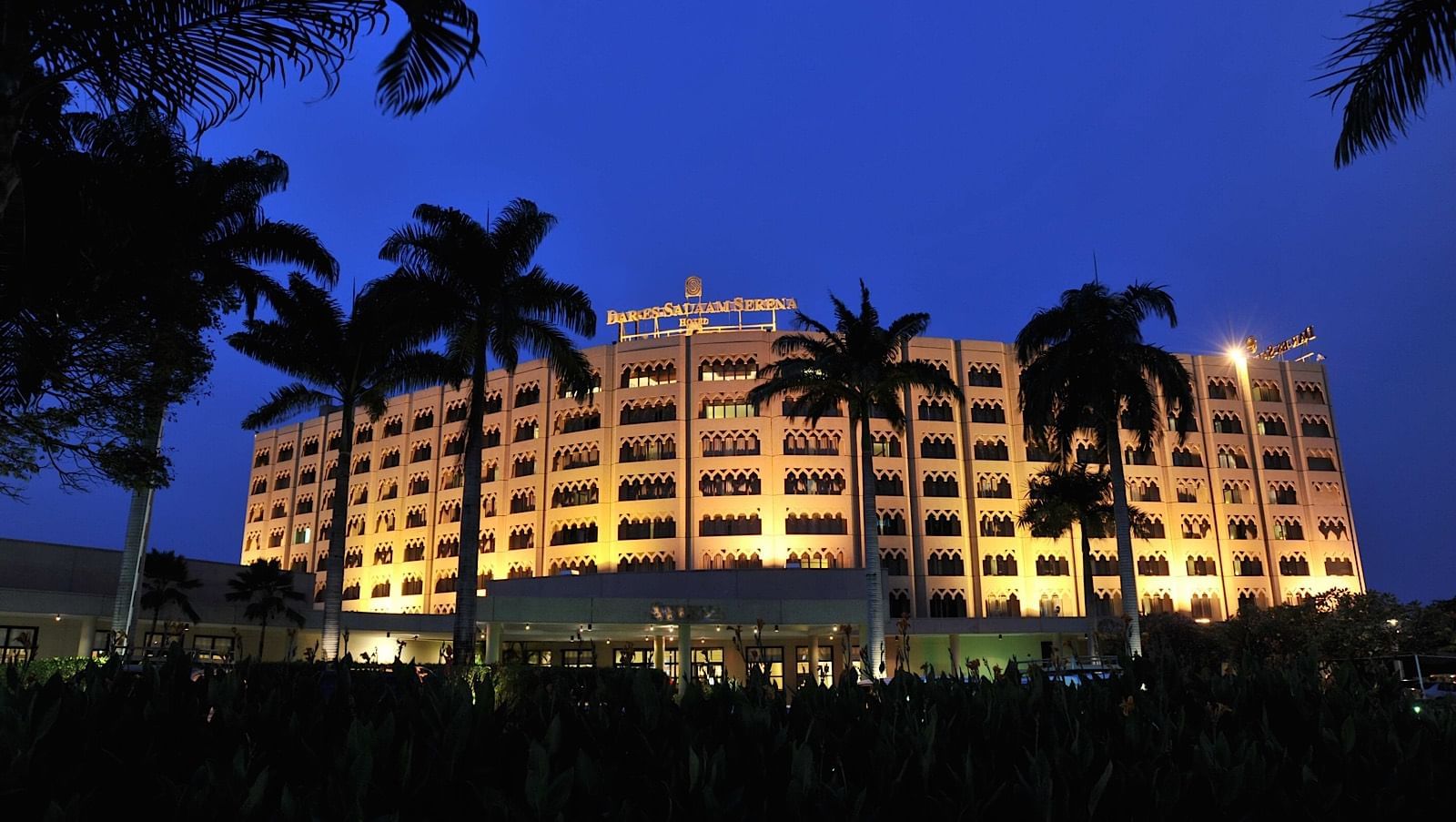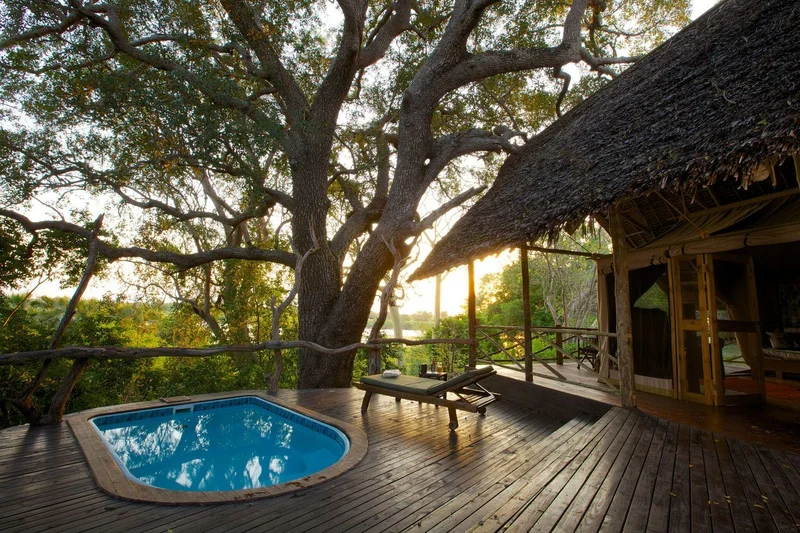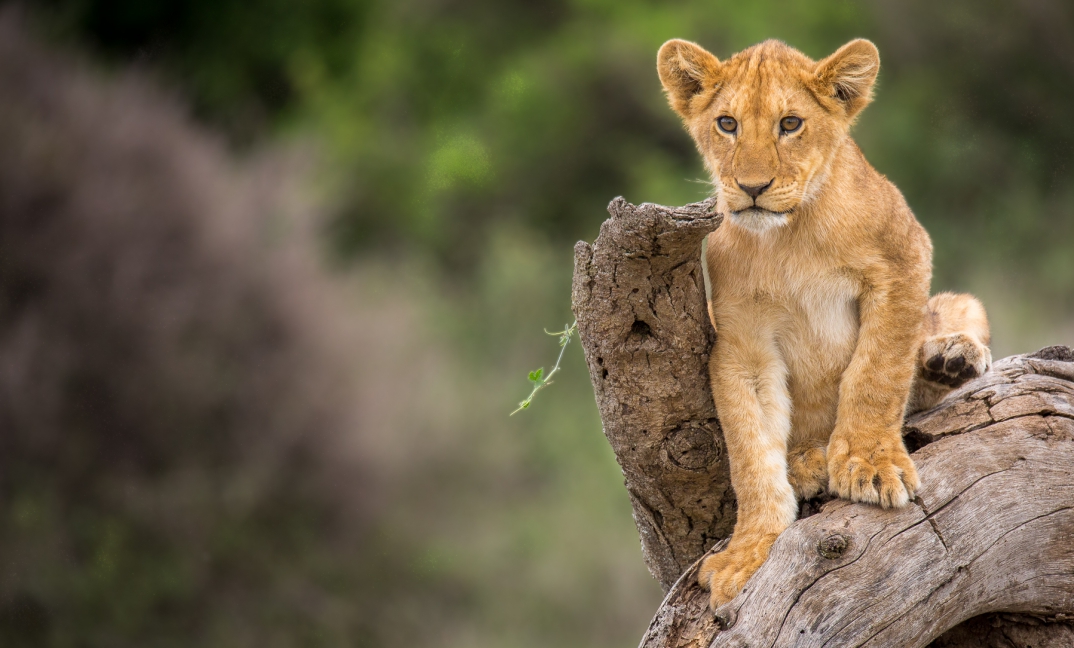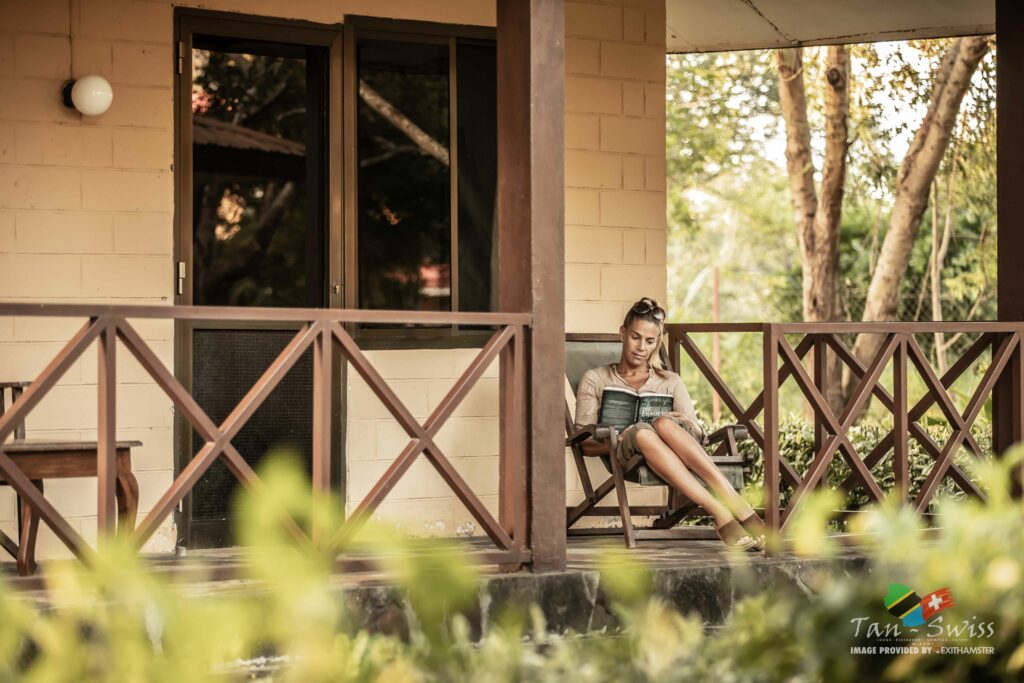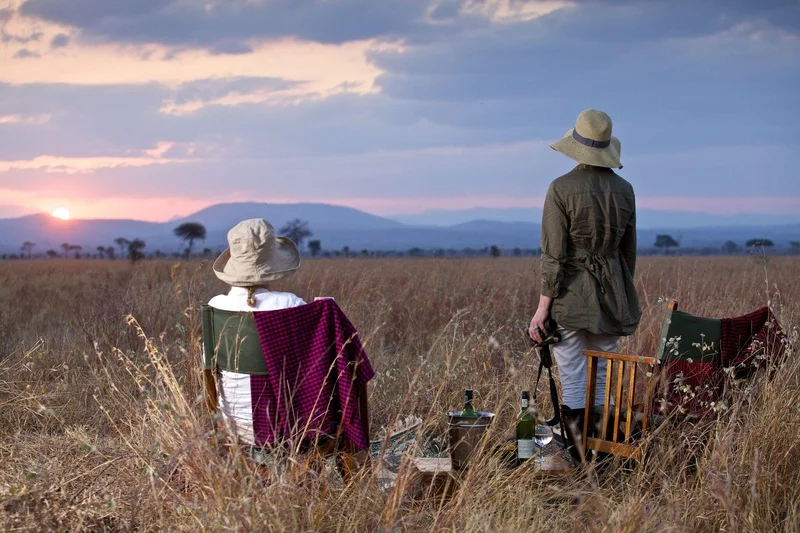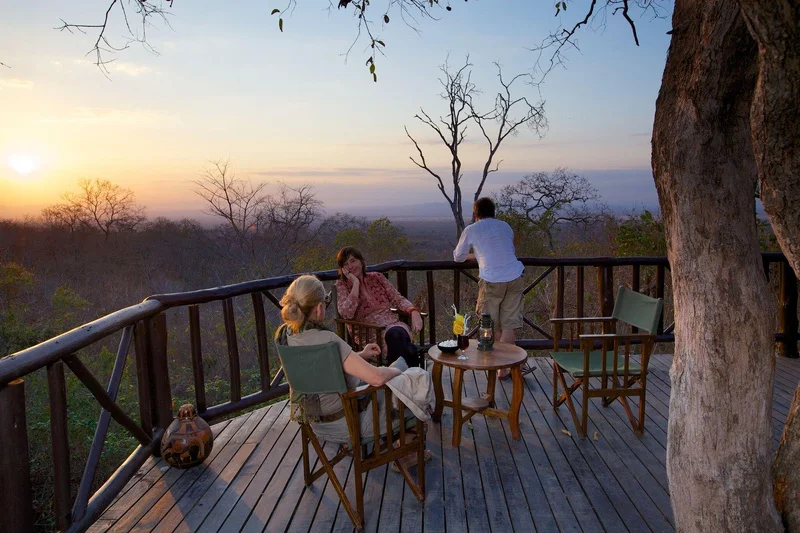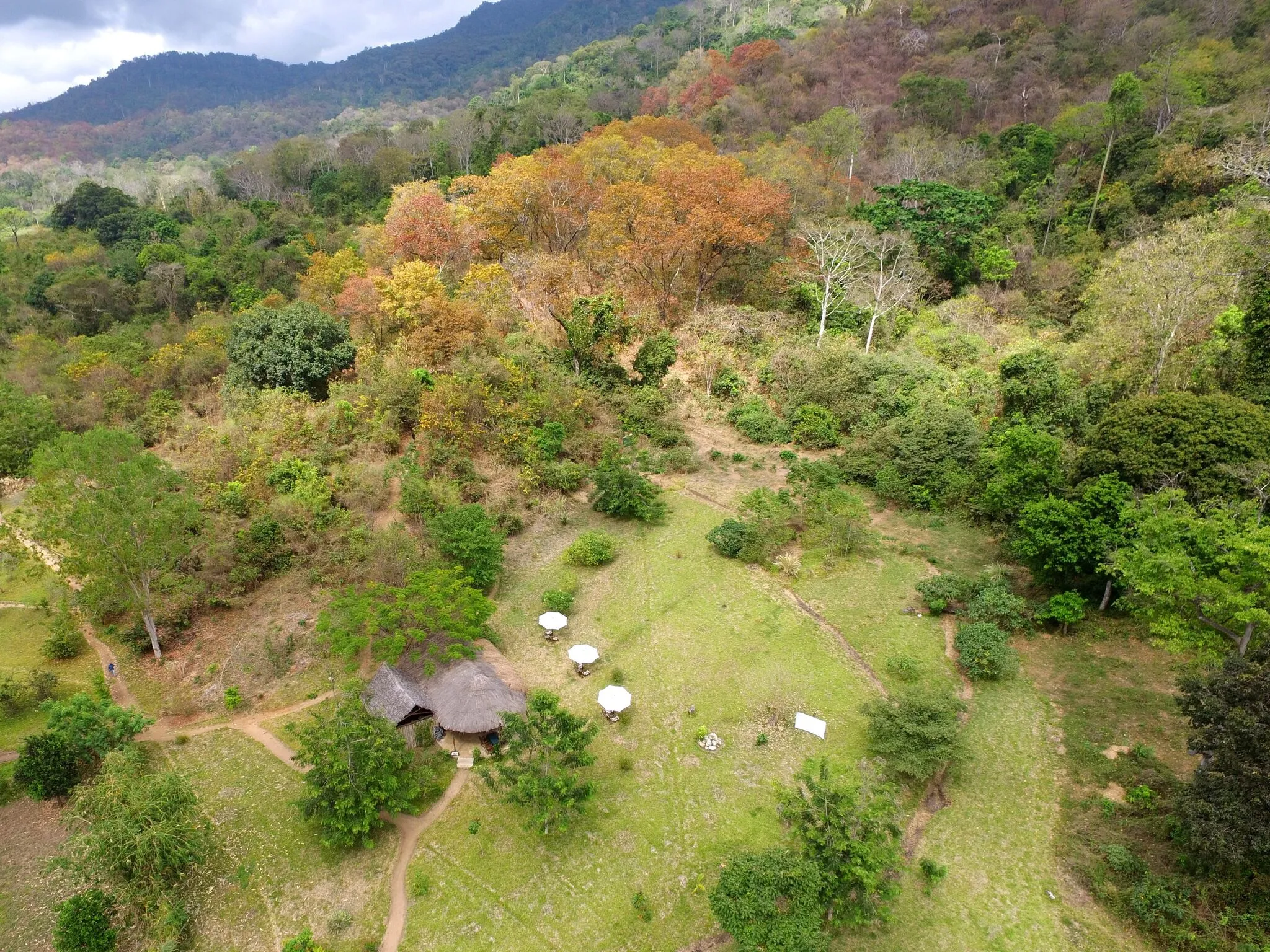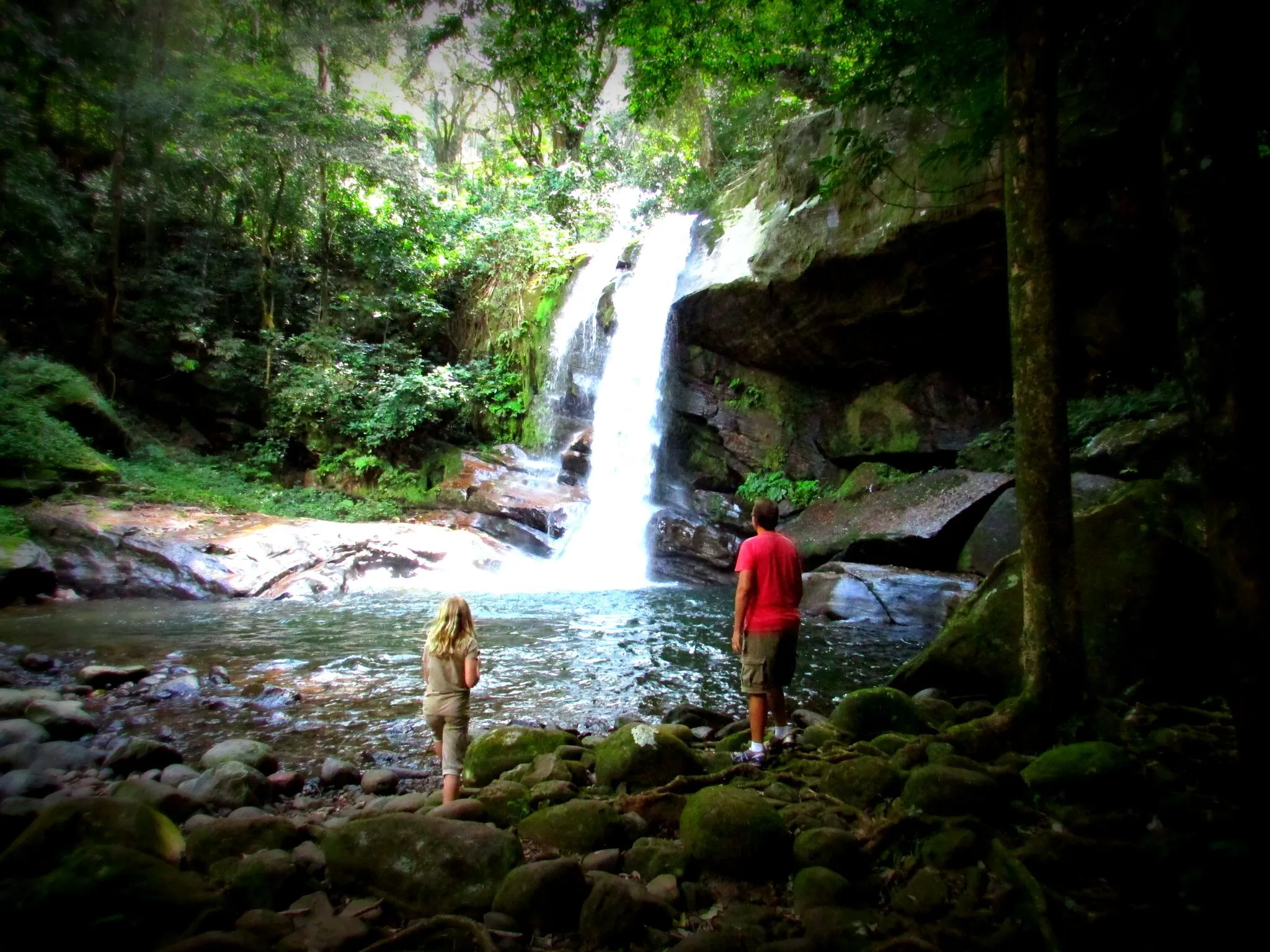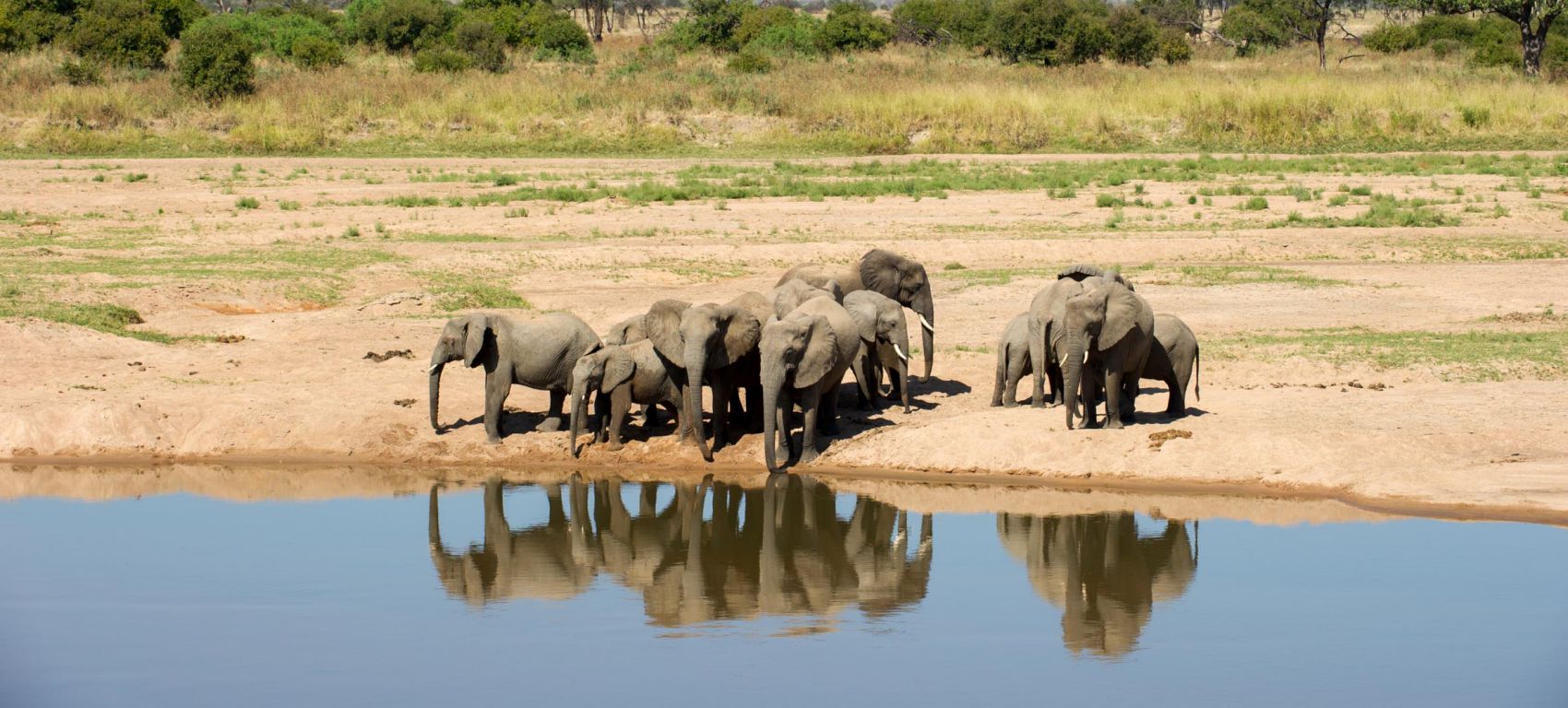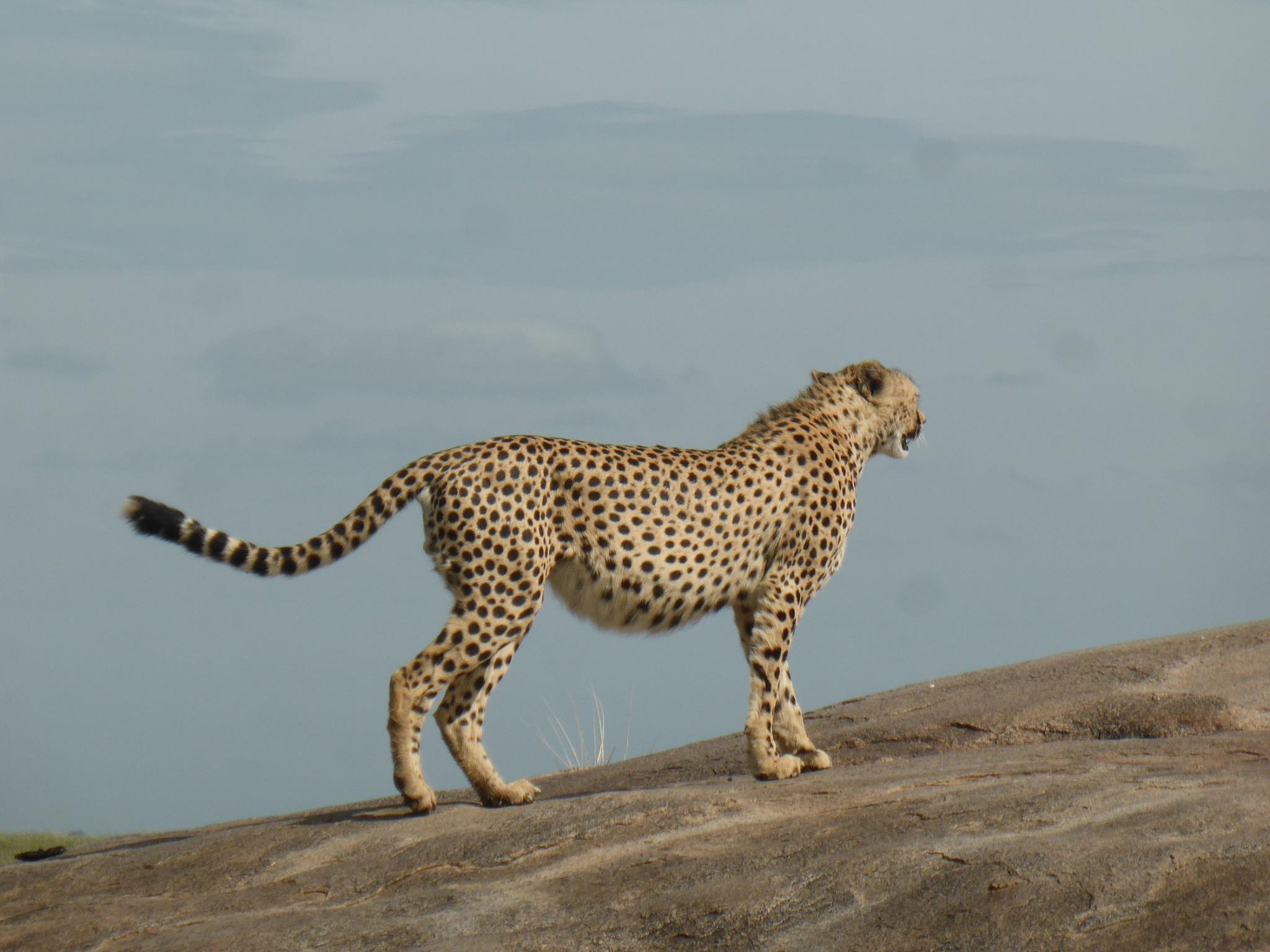14 Day Tanzania Birding Safari
14 Day Tanzania Birding Safari
- Adult
- Child
You don’t need to be an ornithologist to enjoy birding here. The stunning colors of the birds often distract from iconic wildlife like lions. From the vibrant Lilac-breasted Roller to the majestic Ostrich, Tanzania offers a dazzling array of bird species.
Many visitors arrive with little interest in birds but leave eager to identify the colorful species they see. With Paul Tour Safari, expert birding guides will enhance your experience, helping you spot and name various birds.
In wetland areas, look for waterfowl such as flamingos, ducks, and herons. Grasslands are great for spotting large birds like Secretary Birds and Bustards. Woodlands host a variety of species, including Woodpeckers, Weavers, and Bee-eaters. Many birds can be found in multiple habitats, adding to the excitement.
On this 14-day tour, explore southern Tanzania for endemic bird species, enjoy incredible game viewing, and capture stunning photographs in Africa’s top wildlife preserves.
Duration
14 Days
13 Nights
Tour Type
Mid-Range
Language
English, French, Spanish, German
Highlights
- Southern Tanzania Endemics
- Miombo Woodlands Specials
- Boat Ride on the Rufiji River
- Big Game and Cats
- Elephant herds in Ruaha
- Photographic Opportunities
- Guided walking safaris
Travel Itinerary
Arrival into DAR International Airport
On arrival at DAR international airport, you will be met by our representative and transferred to your hotel located in Dar es Salaam. Dar es Salaam Serena is located at the heart of the city centre business district, just moments from sandy Indian Ocean beaches, a bustling fish market and eclectic crafts markets, boutiques and restaurants. A garden oasis of tranquility and charm, the five-star Dar es Salaam hotel promises the warmest of welcomes, vibrant experiences and vivid memories of your stay. Meals are at request. Overnight: Dar es Salaam Serena Hotel
Dar es Salaam- Nyerere
After an early breakfast, your driver guide will be waiting for you at the hotel's lobby ready to start your southern safari adventure . Your first stop is Nyerere National Park, formerly Selous Game Reserve. The remote and little-visited Game Reserve covers more than 5% of Tanzania’s total area and is the largest of its kind in Africa. At an unbelievable 55,000 sq km it is almost twice the size of Belgium and four times larger than the famous Serengeti in the North. The landscape here has remained almost as it was before tourism began. Up until 2007 there were just 6 camps in Selous. Even with the large influx of camps, it is noticeable quiet compared with the more famous parks of the north and it is still possible at certain times of year to be out all day without seeing another game drive car. The terrain here is much more green and lush than the dry plains of the Serengeti and other northern parks. Selous is one of only 2 parks in Tanzania to offer a fantastic boat safari. Arrive at Rufiji River Camp perched high overlooking the vast Rufiji River, and where you can watch hippos lazily wallow in the shallows, birds soaring over the water and crocodiles sunning themselves on the sandbanks. Enjoy a sumptuous lunch and head out for an afternoon game drive returning to the camp at dusk. Dinner and overnight. Overnight: Rufiji River Camp.
Explore Nyerere
The following days will be spent on thrilling game drives, relaxing boat safaris exploring the river and lakes of the park and fascinating walking safaris. The Great Rufiji River and its tributaries are the lifeblood of the reserve, creating a network of forests and woodlands around the lagoons, sandbanks and lakes with tall palm trees adding to the scene. Because of its size and remoteness, the reserve has over 2,100 species of plants, 350 species of birds, 60,000 elephant, 108,000 buffalo and an estimated 1,300 of the worlds’ roughly 4,000 remaining rare wild dogs, giving guests an opportunity to glimpse all of these exotic animals in true unspoilt wilderness. The main activities will include searching for waterfowls and Miombo woodlands Birds, photography, boat ride and big game viewing.
Nyerere-Mikumi
Mikumi National Park
Mikumi National Park
Today, you will have morning and afternoon birding & big game viewing in Mikumi National Park. Mikumi, which was gazetted as a National Park in 1964 and is named after the spindle shaped Borassus palm trees. The Mkata plain supports vast herds of plains game such as wildebeest, impala, zebra and giraffe, hunted by their associated predators; while you are more likely to find Lichtenstein’s hartebeest, greater kudu, roan and sable antelope in the surrounding less fertile hills. Although game sightings can never be guaranteed, there are lots of sightings of the African ‘wild dog’ hunting the plains in packs. Dinner and overnight: Vuma Hills Tented Camp
Mikumi-Kilombero
Udzungwa and Sanje Waterfall
After your morning breakfast, you will take a hike through Udzungwa Mountains in search for forest birds and endemic primates. The most popular trail in Udzungwa is Sanje Waterfall. This 180m waterfall is very impressive, surrounded by rainforest with excellent views over the Kilombero floodplain. At the top, you can swim in the refreshing plunge pool of the top waterfall (around 40m high) surrounded by thick rainforest. Optionally, you can take a 20min detour from the path, either on the way up, or on the way down the path from the Old Sanje Hotel, to the bottom of the large waterfall for fantastic views looking up, and more swimming/jumping/diving in the pool (a bit warmer). Sanje can be walked at any time of day, but it is best done in the morning with the sun on the waterfalls, as it is very hot at midday.
Udzungwa- Ruaha
Another long drive today as you make your way to the Great Ruaha National Park. Driving Past Mikumi and Iringa Towns, pass several local villages, admiring the pretty scenery leading into Ruaha. This is a transit day with possible bird stops and game viewing as you transverse through the park. Late Afternoon Check-in at Ruaha River Lodge.
Ruaha National Park
Flight to Dar es Salaam
Frequently Asked Questions
Let’s clarify your confusions. Here are some of the Frequently Asked Questions which most of our client asks.
Have a question in mind
Looking for more info? Send a question to the tour agent to find out more.
When and where does the tour end?
When and where does the tour start?
Do you arrange airport transfers?
What about the local language? Do we need guide services everywhere?
Is tipping included in the tour cost? If not how much should it be for the trip?
What is the age travel limit for children?
When is best to travel for this tour?
Can I combine my safari with a trip to Zanzibar?
Tour Terms & Conditions
- All rates are subject to availability and may change without notice.
-
Single supplements may apply.
- Request a quote or speak to one of our African Safari Experts for the best, most current rates available.
-
Our rates are per person sharing unless we note differently. Please treat all pricing as a guide only
-
Required to pay 30% upon confirmation which is fully refunded if the booking is cancelled 61 days prior to arrival.
-
The remaining balance of 70% to be paid 45 days prior to arrival.
-
Funds can be paid through Credit Cards and bank Transfers

